Cube to Rectangular Prism
This cube can be used in a classroom to demonstrate to students the differences between cubes and rectangular prisms.
The first part of the program makes a solid cube. The second part of the program was repeated with the line function (rather than the face function) to draw a copy of the cube next to the original cube.
Through the use of this virtual world, students are able to discuss the properties of a cube and also the properties of a rectangular prism.
Students can conclude that:
Cube
- Has 6 equal faces of the same length
- Has 8 verticies
- Has 12 edges
Rectangular Prism
- Has 6 faces, only some of the sides are the same length
- Has 8 verticies
- Has 12 edges
This program provides the students an opportunity to compare and discuss the relationships between a cube and rectangular prism. Students can also have discussions about how to make a rectangular prism and the difference between a solid shape and a net..
*Follow up activities
- Students can create physical rectangular prisms using unifix cubes to check their original assumptions of a rectangular prism.
- Students can attempt drawing the net of a rectangular prism.
- Students can use the information about the relationship between a cube and a rectangular prism to the relationship between a square and a rectangle.
- Jess_G's blog
- Login or register to post comments
- 15484 reads

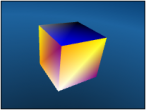
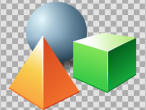
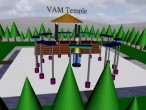
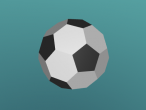

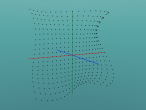
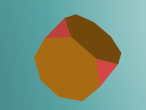
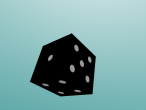
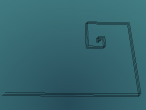
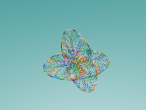
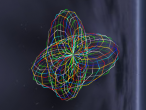
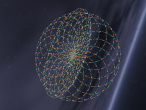
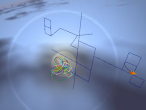

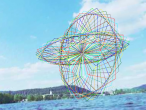
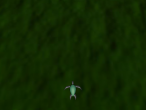



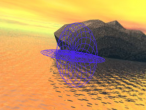
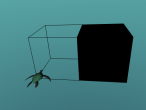




Comments
Is a cube also a rectangular prism?
Thanks for sharing the teaching ideas.
I think if students can contruct this virtual world, they will get better spatial sense from the 3D movements used. Because the distance involved in all movements is 1 meter and the angle involved is 90 degrees, so I think students would have learnt of the length of edge and angle of the rectangular prism.
BTW, is a cube also a rectangular prism? anyone?
YES!
YES!